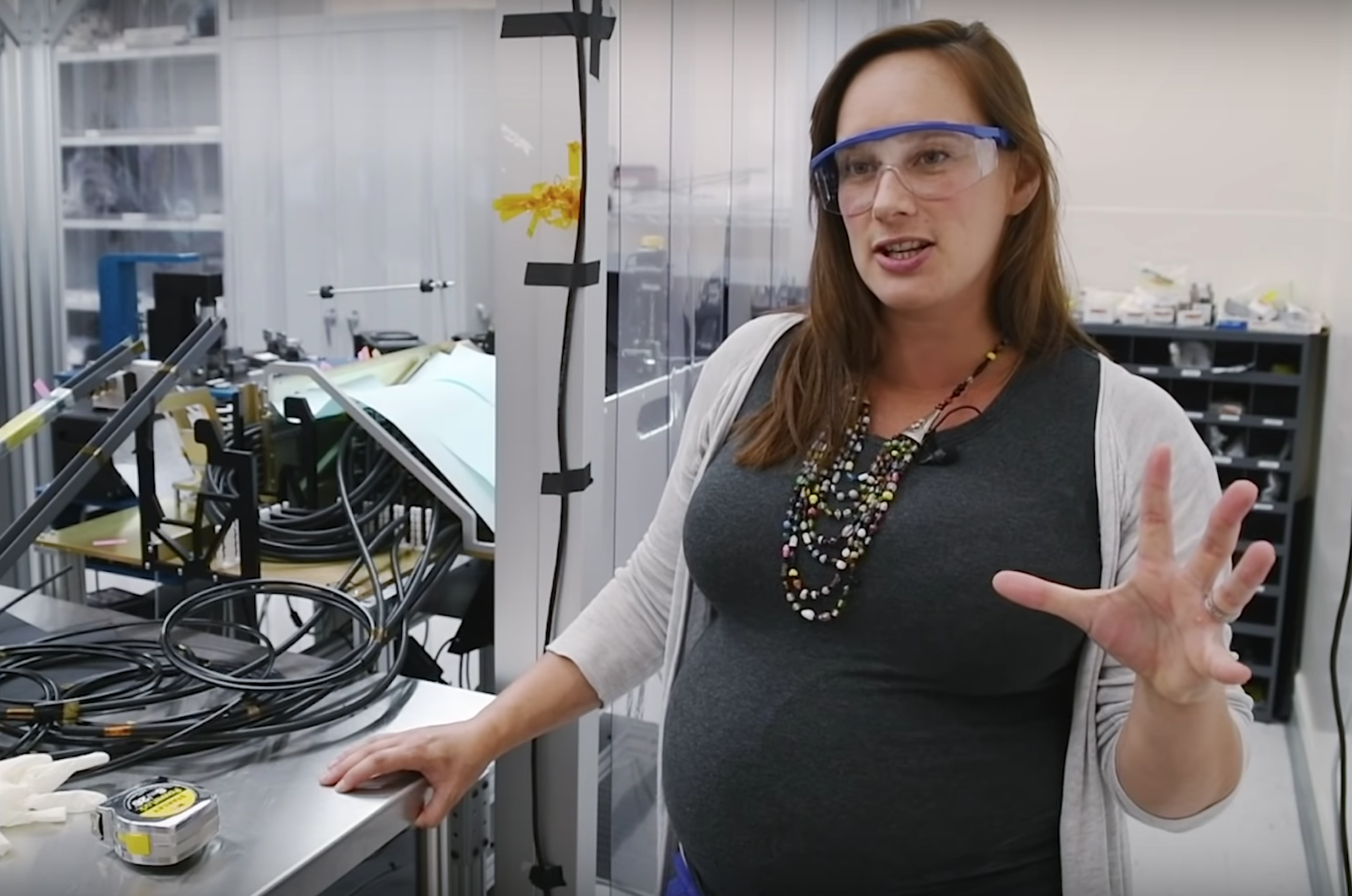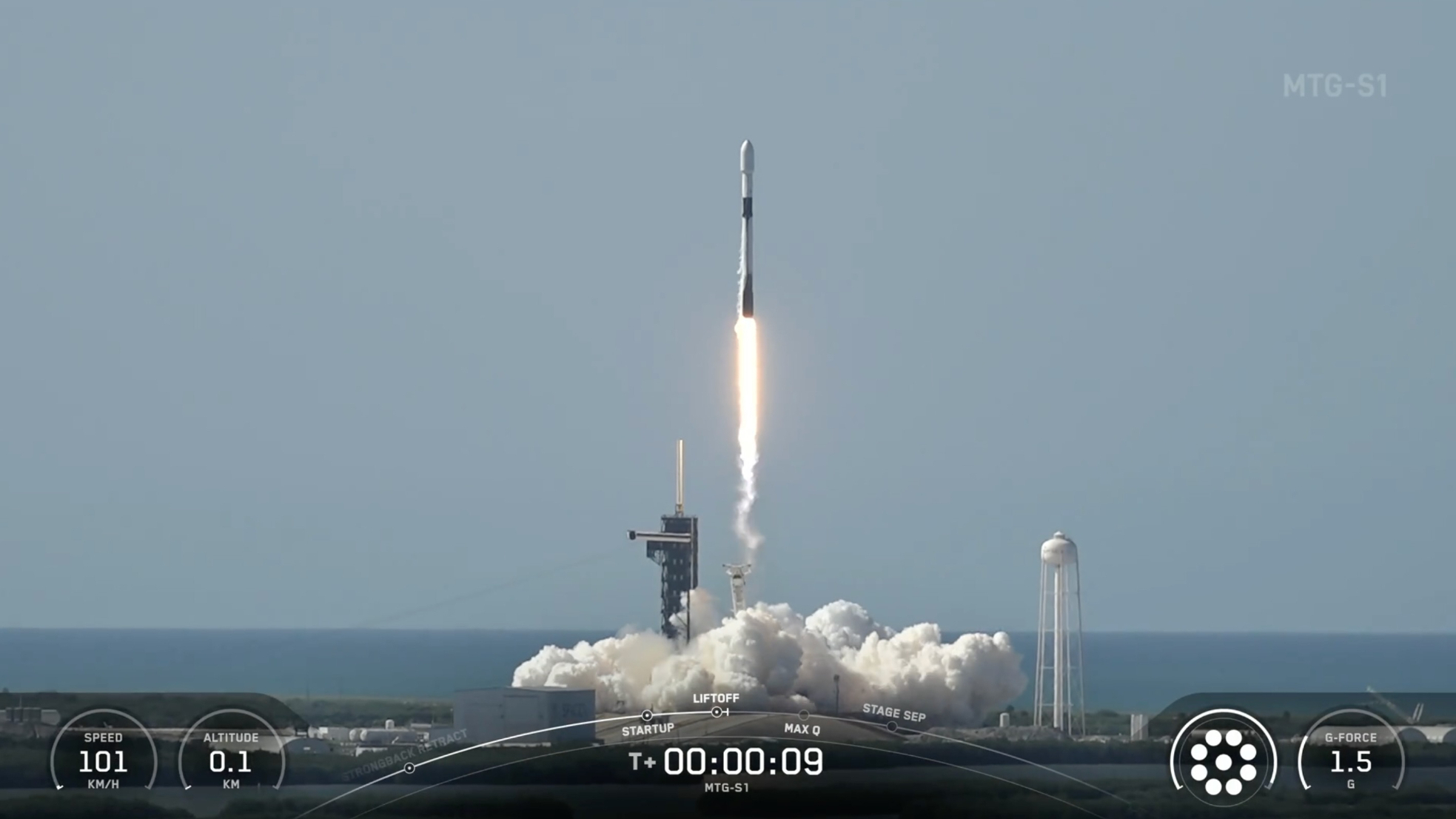Watch Thousands of Dancing Robots Combine on Dark Energy Instrument (Video)
To study what is accelerating our universe's expansion, scientists will use a new experiment with choreographed robots to watch millions of galaxies every 20 minutes.
In a video released Oct. 4 by the Berkeley Lab (managed by the University of California), engineers explained the ingenuity behind the Dark Energy Spectroscopic Instrument (DESI). They described DESI as a crazy machine made up of mechanical flower petals that, together, can do a grand survey of the cosmos.
The footage gives viewers a behind-the-scenes peek at the hardware's assembly. "It's really exciting to work on it," DESI Focal Plane Lead Engineer Joseph Silber said in the video. [Bringing Dark Energy Out into the Light]

Galaxies are like the streetlights of the universe, dark energy researcher Peter Behroozi said in an earlier Berkeley Lab video about DESI. Neither dark energy nor dark matter emit light, though, so looking at objects that generate optical points will help researchers learn about the unseen, Behroozi said.
DESI will create a 3D celestial map to "pin down the nature of dark energy," Stéphanie Juneau, project scientist at the National Optical Astronomy Observatory (NOAO) Data Lab, said in the earlier video.

DESI is a rapidly cycling survey, and Silber said the instrument's speed is possible thanks to the 5,000 individual fiber-positioning robots. Each one views the position of a galaxy, and after 20 minutes, all 5,000 of these robots move on to new targets.
Ten wedge-shaped sections called petals hold 500 of these robots each. An individual wedge covers 36 degrees, and together, the petals make up DESI's 360-degree focal plane. The instrument will be mounted near the top of the Mayall Telescope at Kitt Peak National Observatory near Tucson, Arizona.
Breaking space news, the latest updates on rocket launches, skywatching events and more!
The observations obtained by the fibers need a way to carry that information along, so they get fused to a larger cable that takes the information to the spectroscopes that measure the light.
"We expose the bare strands of glass, and then we heat them up in a very precise way to make that connection without any losses in terms of optical quality … or any degradation of the light," said Claire Poppett, DESI lead fiber scientist.
And to further ensure the pristine quality of the instrument, the air flowing into the assembly area comes in parallel lines. Known as laminar air flow, this type of air movement keeps contamination and dust at bay by preventing them from swirling around in the room.
Follow Doris Elin Salazar on Twitter@salazar_elin. Follow us @Spacedotcom, Facebook and Google+. Original article on Space.com.
Join our Space Forums to keep talking space on the latest missions, night sky and more! And if you have a news tip, correction or comment, let us know at: community@space.com.

Doris is a science journalist and Space.com contributor. She received a B.A. in Sociology and Communications at Fordham University in New York City. Her first work was published in collaboration with London Mining Network, where her love of science writing was born. Her passion for astronomy started as a kid when she helped her sister build a model solar system in the Bronx. She got her first shot at astronomy writing as a Space.com editorial intern and continues to write about all things cosmic for the website. Doris has also written about microscopic plant life for Scientific American’s website and about whale calls for their print magazine. She has also written about ancient humans for Inverse, with stories ranging from how to recreate Pompeii’s cuisine to how to map the Polynesian expansion through genomics. She currently shares her home with two rabbits. Follow her on twitter at @salazar_elin.

